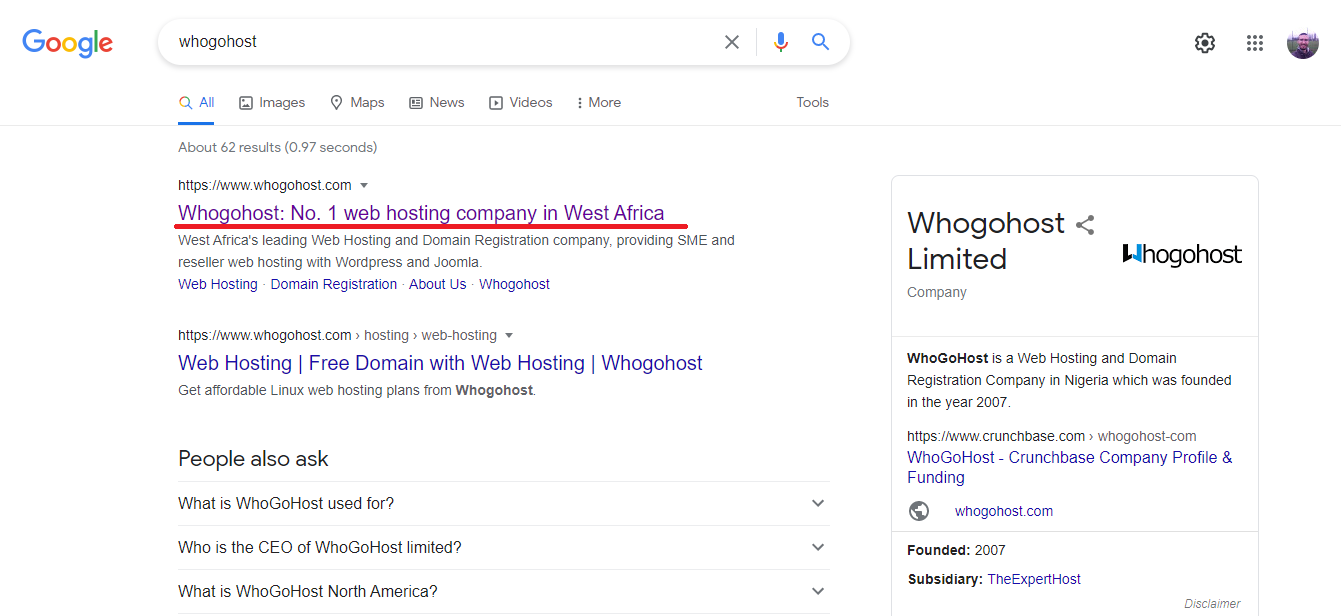If you can get your website on the first page of Google, you can expect a lot of good quality traffic coming your way. Higher levels of traffic usually means more business, making it well worth spending some time on search engine optimization (SEO), which is how you prepare your website to be easily noticed by Google and other search engines.
SEO is not easy, but it’s very achievable provided you’re willing to put in the time and effort. Here’s the ultimate guide to what it takes to get your site listed on the front page of Google.
Have Top-Quality Content
Most important of all is to have good quality content. After all, it’s content that people are looking for. What makes a content “good” is subjective, but start by filling your site with clear, useful information related to your business. Create a blog and add to it regularly with posts that people will find useful and informative.
Plagiarism, even if it’s unintentional, will get you penalized in the search engine results pages (SERPs). If Google detects that your content isn’t unique, your rankings will suffer. Always use a plagiarism checker to be sure you aren’t accidentally creating duplicate content.
Another advantage of quality content is that people will likely share it with others. When your content is shared online, this tells Google that people find it useful, and this will give you a boost in the SERPs.
When creating your content, don’t forget to use the right keywords. These are words or phrases that you use in your title, headings, and body text that help Google find your content. For example, someone may enter maternity photographer Vancouver BC into Google, even if it doesn’t make much sense when spoken out loud, so be sure those keywords are prominent in your content so Google’s algorithm can find it.
However, avoid “keyword-stuffing,” which is going overboard with keywords to try to trick Google into ranking you higher. Its algorithm can detect this, and so can your readers. It will damage your rankings and your credibility. Use your keywords often but organically.
Also, keywords that are used by a lot of sites will have significant competition. There are services that can help you pick the best keywords for your content, but the goal is to make sure your keywords have a high search volume and low to medium competition. Long-tail keywords are longer phrases like difference between stocks and bonds and can be particularly good for ranking well because there is less competition for them.
Offer a Satisfying User Experience
Google’s job is to satisfy their users, and it will rank your website according to what kind of experience your visitors have. A high bounce rate, which is bad for SEO, means that people are leaving your site soon after opening it. It follows that a low bounce rate, which is good for SEO, means people are staying.
If Google penalizes you in the SERPs due to a high bounce rate, fewer people will find your site in the future.
There are numerous factors that contribute to bounce rate. One factor is how relevant your chosen keywords are to the page they land on. If somebody is looking for smart shoes, for example, and your website is selling sports shoes, then they’re not likely to stay around for long.
To maintain a low bounce rate, write with searcher intent in mind because Google will notice if people click on your posts only to quickly click somewhere else, as this shows you aren’t answering their questions or providing the information they’re looking for.
Be Sure People Know What Your Site Offers—And How to Navigate It
How easy it is to navigate your site is another factor that can contribute to bounce rate. Internet users are typically very impatient, and if they can’t find what they’re looking for quickly they will likely go elsewhere.
Other marketing efforts can also help to improve your bounce rate. Say, for example, you’re running an email campaign sending quality, relevant content to people on your mailing list. Provided your campaign is relevant to your website then visitors should know exactly what to expect from your website before they click on it.
Provided other user experience aspects like navigation are also in good shape, visitors that come to your website from your email campaign are more likely to stay for a while, thus improving your bounce rate and boosting your rankings.
If you are running an email campaign, do your research first to help you get the best results. Learn how to craft emails that get results and when to send a follow-up email. A successful email marketing campaign can help to directly generate more revenue as well as giving your Google rankings a lift.
Build Quality Backlinks
As mentioned, good quality content is a great way to get links to your website on the internet—thus improving your rank. There are also more direct methods, perhaps the main one being guest blogging.
Guest blogging means creating content that will be posted on other peoples’ websites. What’s in it for you? When you submit a guest blog, you are typically allowed to include a link to your website within the content, meaning another link to your website is on the internet.
If guest blogging is going to work for you, then it needs to be done properly. One of the most important things to bear in mind is to make sure your content (with your link) is only posted on quality, relevant websites. Google knows that a lot of marketers try to spam the internet with poor quality backlinks, and if they catch you doing so then you could find your website plummeting down the rankings rather than climbing.
Prioritize Site Speed
We mentioned site speed previously but it’s a metric that deserves a section of its own. Google will know if your website is taking a long time to load, and this tells them that your site will not provide a positive user experience. The result is that you will not be listed as high as you otherwise could be.
One way to ensure a good site speed is to use a good quality host. Another is to avoid using large files that will take a long time to load, bearing in mind that a lot of people won’t be using a high-speed connection. If you do use images on your site, try and reduce their file sizes if you can, while flashy animations and gadgets can also slow down your load speed.
Optimize for Mobile
Statistically speaking, most people nowadays will be accessing your website on a mobile device. This means you need to make sure that your website is optimized for mobile devices. One issue is speed because mobile devices tend to load pages more slowly, and mobile optimization will provide a slim-line version of your website to help keep loading speeds high.
Responsive design takes into account the different sizes and shapes of screens people use online meaning that your website will show clearly regardless of which device it is shown on. Google knows which websites are optimized for mobile devices and which are not, with those that are mobile optimized given a ranking boost.
Utilize On-Site SEO
The structure of your website itself will also need to be optimized for SEO. On-site SEO can be broken down into several categories:
Meta Tags/Descriptions
Meta tags and descriptions are short summaries of a particular piece of content that helps tell people, and Google, what the content is about. They help Google understand your content and encourage visitors to click, improving click-through rates (CTRs).
Image Optimization
Image optimization involves adding alt text tags that tell Google what an image is. This gives them more information that helps them rank your website well.
Internal Links
Internal links are links within your content that link to other pages on your website. The links are very important because they make it easier for Google’s crawlers to travel through your site and read the content. Internal links also help make it easier for your visitors to navigate your site, thus improving the user experience.
External Links
External links are links on your website to third-party websites. They are typically references to any information you have provided but they can be links to just about anything. External links are very useful for SEO because they tell Google that you are trying to provide useful information to your visitors. Make sure that you link only to good quality websites that are relevant to your content.
Content Structure
Make sure that your written content is broken up into easy-to-read paragraphs separated by headers. Use your main keyword within the first 150 words of the content and in the title, or at least in a sub-header. Also, use bullets where you can to help make the content easier to digest. Well-structured content will be easier for Google to read as well as for your human visitors.
The Bottom Line
Getting your website on the front page of Google takes time and effort. However, it’s not particularly complicated and most people can pick up the basics after some research. Remember that good quality content is perhaps the most important factor of all, and it helps make sure your visitors have a good experience using your website. Get plenty of good quality backlinks pointing back to your website and make sure your site is well structured to help Google’s crawlers do their work.











Good Article about SEO.
Thanks